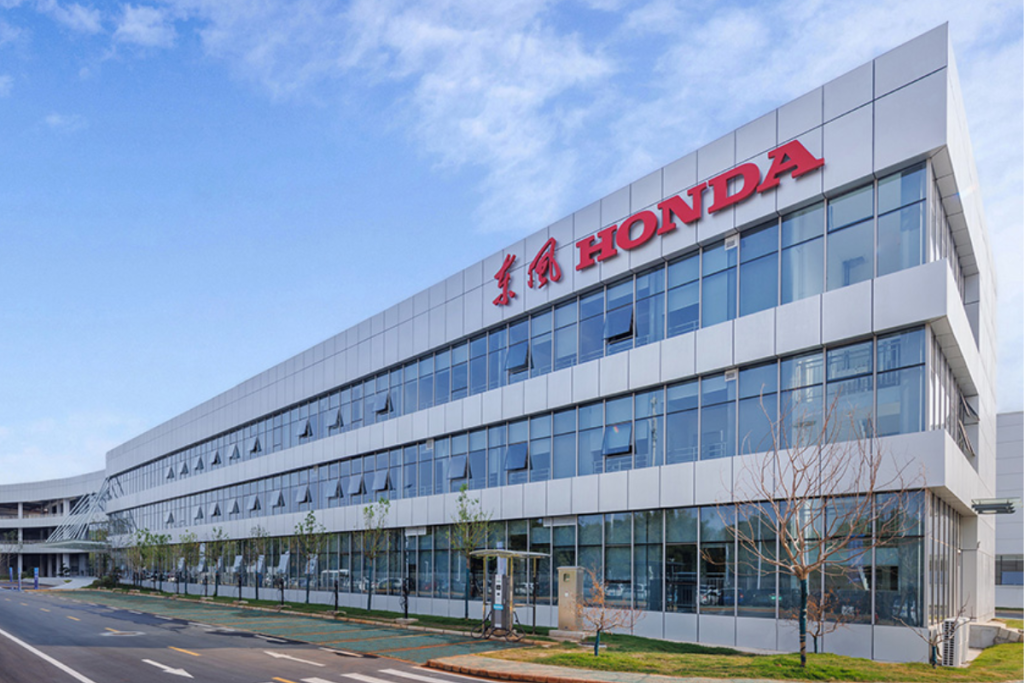Honda is expanding into last mile logistics with Fastport, a new micromobility business built around the zero-emission eQuad. Developed by Honda’s New Business Innovation Lab, the four-wheel electric cargo vehicle is set to begin customer deliveries in late 2025, with mass production slated for summer 2026.
Designed for crowded urban corridors and bike-lane operation, the eQuad supports a 650-pound payload and runs up to 23 miles on a single charge. It will debut at the Eurobike trade show in Frankfurt this month, following pilot testing in New York City.
Built for Urban Density
With a footprint under four feet wide, the eQuad is engineered to navigate bike lanes and tight delivery zones that challenge full-size vans. A modular cargo box accommodates parcel, grocery, or specialty configurations, with support for multiple container sizes.
Honda’s New York pilot focused on curb access, battery-swapping efficiency, and route density. The vehicle uses Honda’s swappable Mobile Power Pack batteries and includes pedal-assist, regenerative braking, and built-in driver features such as a UV canopy, ventilation fan, and automated parking brake.
Production will take place at Honda’s Performance Manufacturing Center in Ohio, the same facility responsible for the Acura NSX and Honda’s North American race vehicles.
A Fleet-as-a-Service Model
Fastport vehicles will be delivered under a Fleet-as-a-Service (FaaS) model bundling vehicle use, maintenance, battery swaps, software updates, and insurance. AI-powered fleet dashboards and real-time diagnostics are central to the offering, enabling dispatch optimization, predictive service, and ongoing software upgrades via the cloud.
By shifting ownership costs to a service model, Fastport is targeting operators looking to scale last mile capacity without the long-term liability of asset acquisition. Honda is currently working with delivery partners in North America and Europe to validate the platform.
Power Capacity Will Shape Route Economics
Low-emission mandates are pushing diesel out of cities, but the real constraint may soon be kilowatts, not curb space. Logistics networks that lock in off-peak energy contracts, co-locate micro-hubs with rooftop solar, or deploy modular battery-swap cabinets will scale delivery density without bumping into grid limits. Treating energy as a strategic input, rather than a fixed utility cost, could determine which operators profit from micromobility and which are stranded at the charger.



